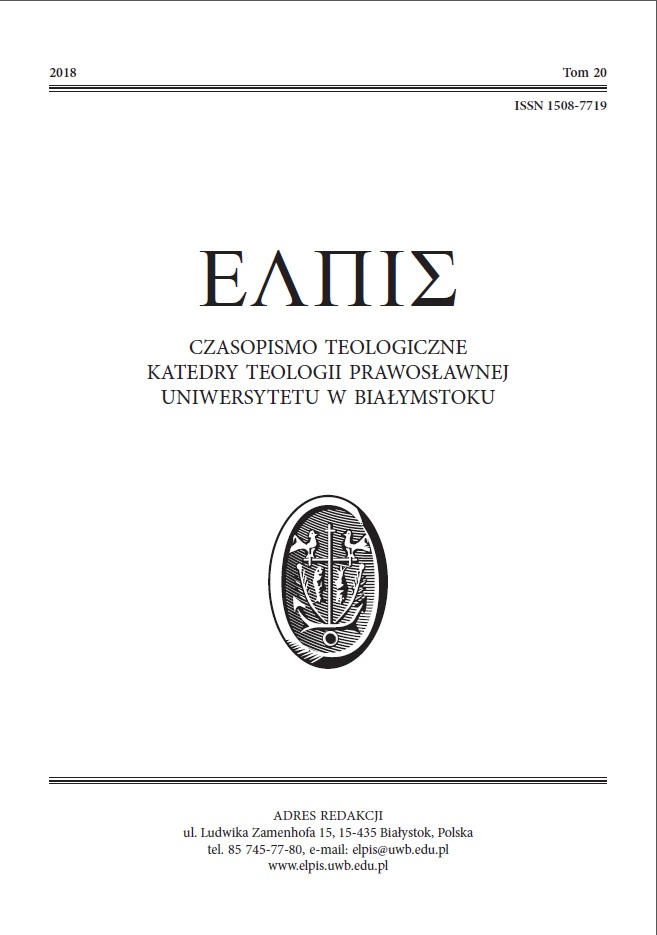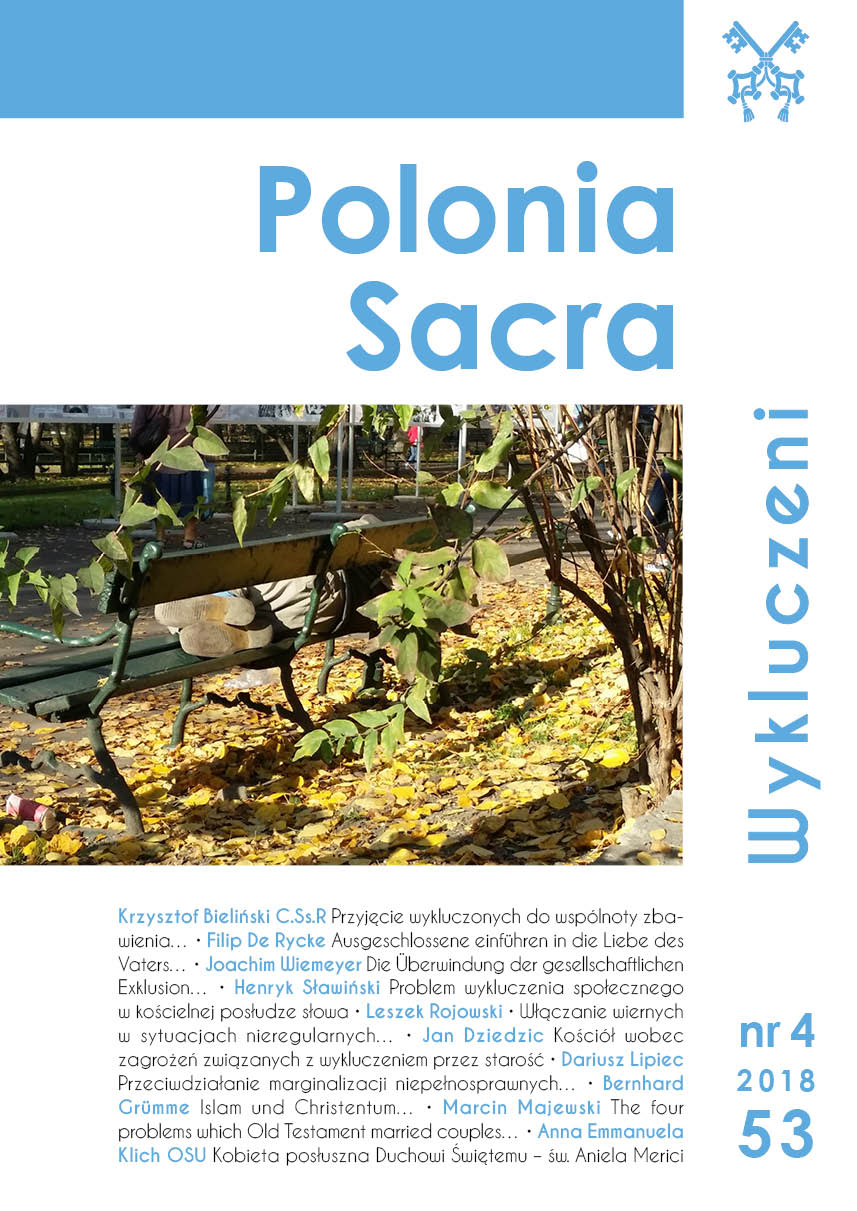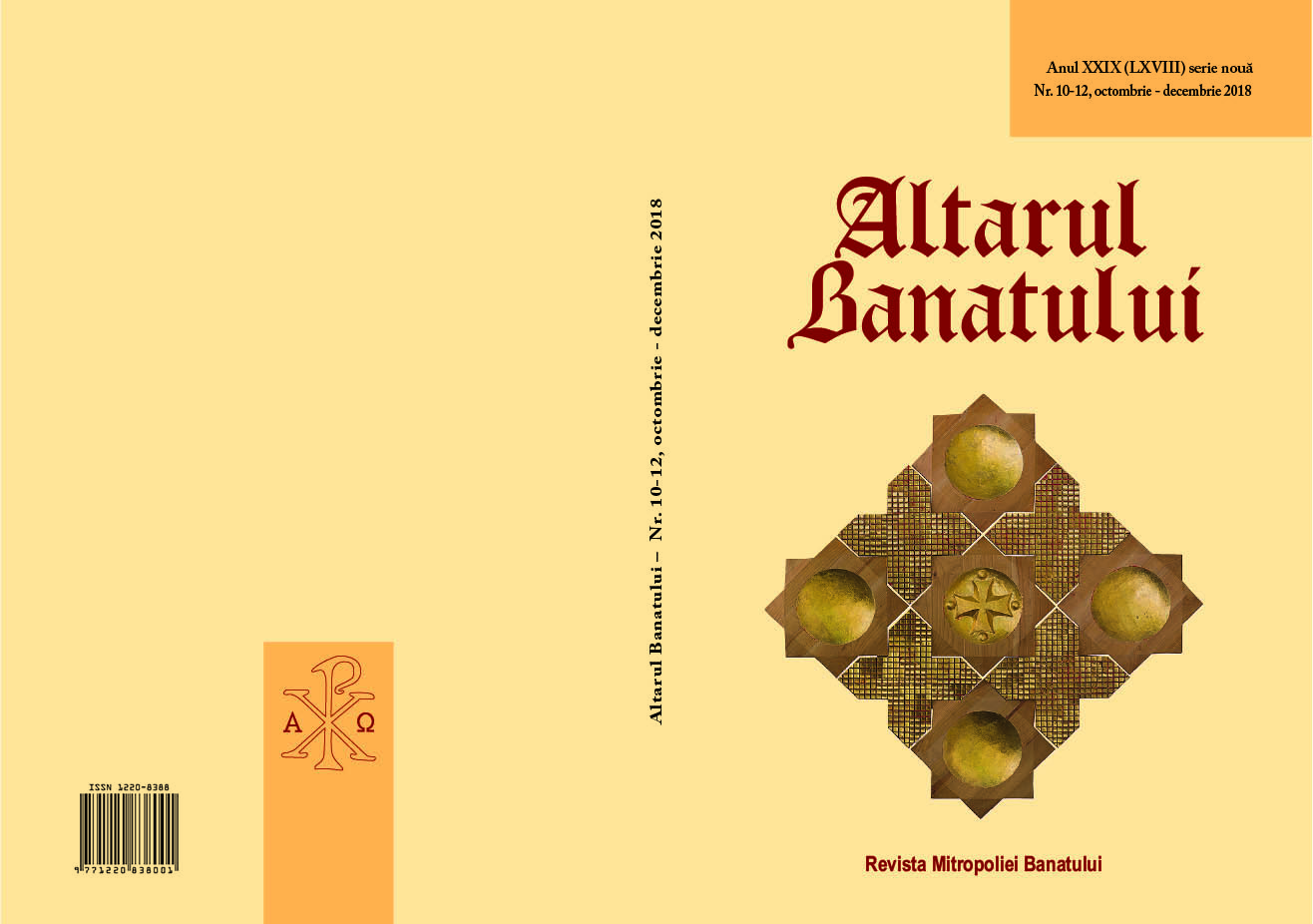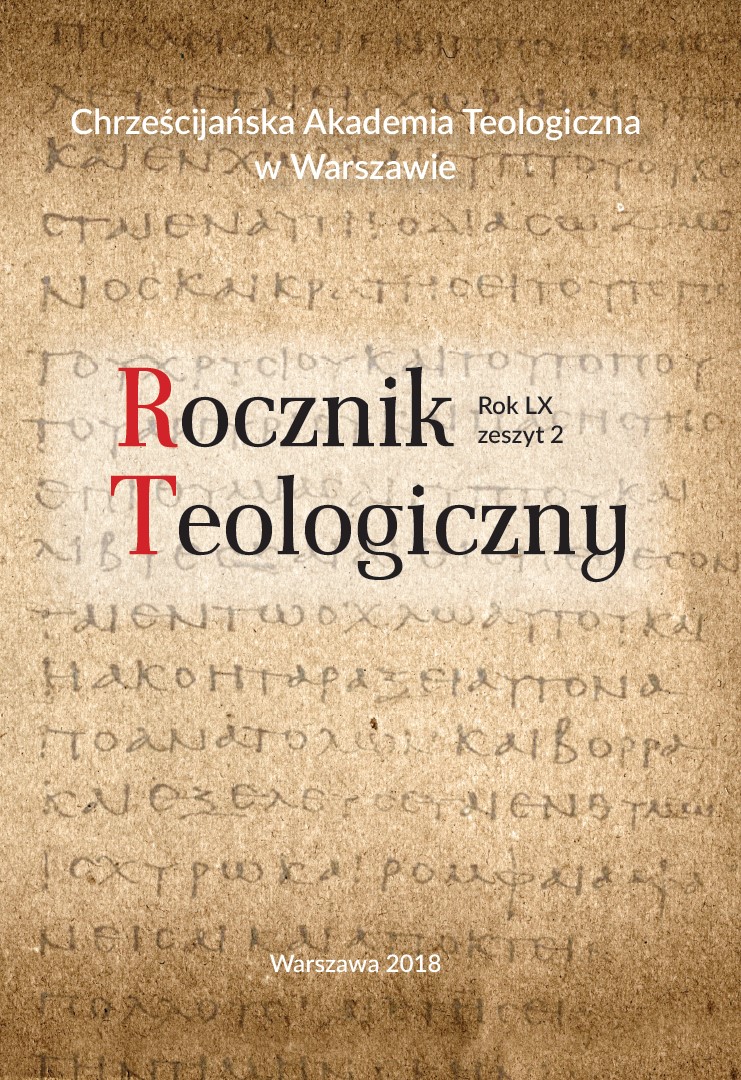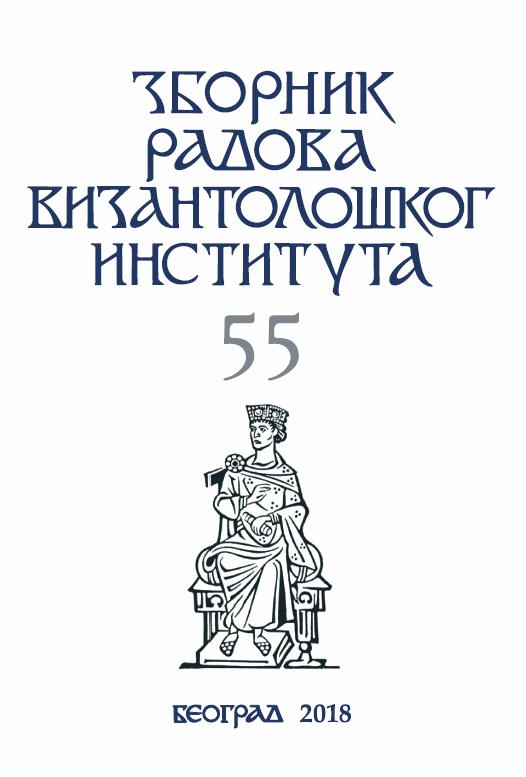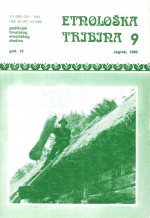Author(s): Jasna Parlić-Božović,Dragana Božović / Language(s): Serbian
Issue: 4/2018
Since early childbirth, religion has an important function in the life of every human being. Depending on culture, religious norms and values differently are interpreted and deeply embedded into the members of one society through a process of socialization. The way people practice their religion is changing through history. The way individuals relate to and practice a religion changes over the course of time. New technologies have influenced on the appearance of new media - the communication channels, which has also affected the very form of the religious message, that is, how it will be designed, communicated and interpreted.
Religion was important for acquiring literacy among the South Slavs. Its word was conveyed verbally as well as throughout printed books, magazines and publication. By the further development of technologies or creating electronic media, the religious message has been received a form adapted to the modern communication channels. It can be said in a revolutionary manner that the internet as the last medium changed the way of understanding or perception of religious learning. At the same time, some new issues have been opened, starting from the most banal, will the Internet itself ever serve as a source of the sacred or spiritual, till to the nuances where the inevitability of religious internet existence (Internet-based religion) should not be prejudged, but it is already trying to find the answer to the question of how to maximize the use of internet connectivity for the ever-defined function of religion.
The Internet has profoundly shaped our world and has changed our lives. The global trend of a parallel life in the internet (or using the internet) did not bypass our country. Thus, the institutions of the Serbian Orthodox Church took up their place. Despite the existence of official websites, social networks such as Facebook, Twitter and others, they are considered as an equally nice place for online religious life in Serbia and they are engaged in religious practices. This paper will be an attempt to define a style that will provide a description of the manner in which the Serbian Orthodox Church through the history has adapted its messages to new channels of communication and what form the church word had at the very beginnings of religious self-awareness, its development over time and what is its form in the era of "online self-awareness". Through such a view, the aim of this paper is to show what is the function or role of the Serbian Orthodox Church as an important agent of the information and communication system.
More...
